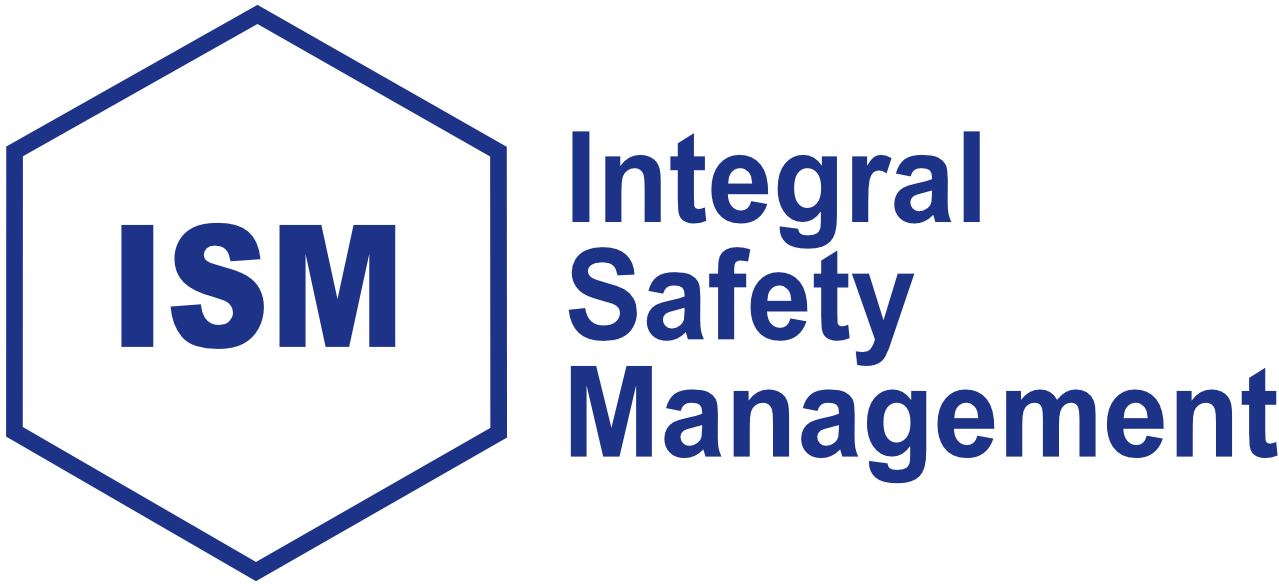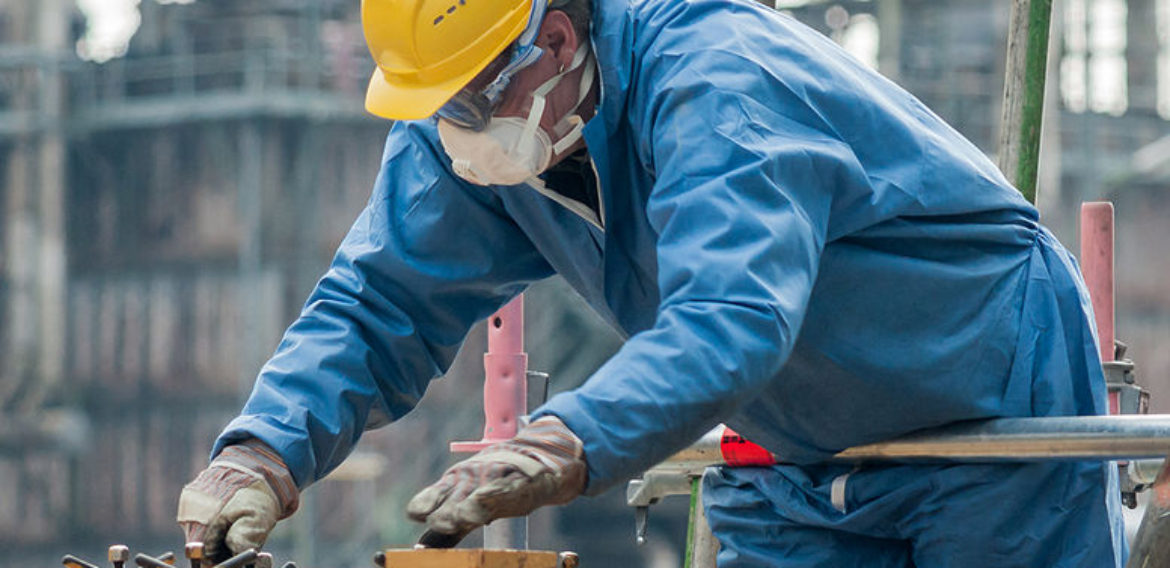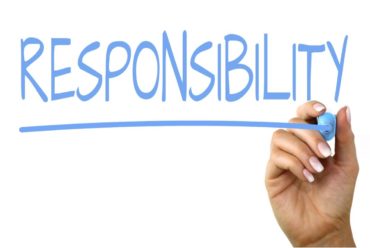What PPE for employees should an employer provide?
Need, selection and use of PPE in your workplace
If your employees may be exposed to a health or safety risk, it is your duty to supply them with suitable personal protective equipment (PPE). The only exception is if the risk has been adequately controlled by other means which are at least as effective. This is the law as it stands, and as described in Regulation 4 of the Personal Protective Equipment at Work Regulations 1992.
In this article, we discuss how to decide the needs for PPE for employees.
PPE in the workplace – an employer’s obligations in brief
There are certain obligations that the law places on employers with regards to personal protective equipment. These can be summarised in the following bullet points:
- Other methods of controlling risks and reducing hazards must be explored first, and implemented where possible
- If PPE is still needed after implementation of other controls, then the employer must provide the PPE
- The employer cannot charge employees for PPE supplied
- PPE training must be provided to employees, including how it is to be used and detection and reporting of faults
Types of PPE for employees
There are many different types and categories of PPE, and their uses depend upon the potential risks.
- Eyes are prone to injury from projectiles, gases, radiation, and chemical splashes. PPE to help protect against such risks includes safety spectacles or goggles, face shields and visors. When selecting which eye protection is best, an employer should consider which offers the best combination to protect against impact and foreign bodies.
- Ears must be protected against high levels of sound, especially if exposure is for prolonged periods. Ear defenders, earplugs and canal caps are common PPE for employees who need ear protection. A tip here is to ensure that the ear protection provided reduces the noise to an acceptable level while allowing communication to still take place.
- Head and neck injuries may be caused by bumping, impact, falls, temperature, flying objects, and hair becoming tangled in machinery. Hard hats, bump caps, hairnets and helmets offer protection against these hazards. Some safety helmets are equipped with eye and/or ear protection.
- Hands and arms may be injured by cutting, abrasion, burning (hot and cold) impact, chemicals, radiation, biological hazards, electric shocks, and so on. They are probably more prone to injury than any other body part. Gloves, gauntlets and sleeving are common PPE to protect hands and arms, though care should be taken when selecting the right hand and arm protection. Separate cotton inner gloves may need to be provided, and the material of gloves should be considered by first considering the hazard – for example, some chemicals will penetrate some materials.
- Lungs are affected by inhalation of dust, gases and vapours, and in oxygen-deficient environments. Masks or respirators may need to be provided. These should be tight fitting, with the correct type of respirator attached. Filters must be renewed regularly, and according to the manufacturer’s instructions.
- Feet and legs are susceptible to injury because of extreme temperatures, slipping, tripping and falling, cuts, chemical splashes, heavy loads, etc. Appropriate footwear to help protect against such risks include safety boots with protective toecaps, penetration-resistant boots, and other specific footwear according to workplace application.
- Whole body PPE may be required in certain working environments. These include to protect against radiation and extreme temperatures, pressure leaks from spray guns, steam, and contaminated atmospheres. Options range from disposable overalls to aprons, to chemical suits.
How do you know which PPE to provide employees?
When assessing risks and deciding on which PPE is necessary in your workplace, you should take an individual and team approach. Ask of each employee or team:
- What is the exposure to risk, and who is exposed?
- For how long is the exposure to the risk?
- What is the degree of exposure to the risk?
The PPE you provide should fit the user well, and you should provide training in its use. It is essential to make clear that PPE is limited in effectiveness – no PPE provides 100% protection against risks. Additionally:
- Ensure that all PPE supplied carries the appropriate CE mark
- If two or more items of PPE are to be used at the same time, you must ensure it is safe to do so and that they are compatible
- Never allow employees not to wear PPE – include this in their job description and employee manual
Keeping PPE in good condition
PPE degrades over time and its effectiveness is affected by wear and tear. Part of the training that is given to employees should include how to check PPE. Companies should provide a safe and adequate storage space, and ensure that there is an adequate supply of spare parts (e.g. filters for respirators).
Finally, while the employee is responsible to use PPE provided, management should monitor use and take disciplinary action where PPE is not used, or used incorrectly.
PPE for employees is the last line of protection against hazards and risks in the workplace. If you do not provide the right personal protective equipment, you could be putting the lives of your employees at risk. Your health and safety record reflects upon you as an employer.
If you are in any doubt about your needs for PPE for your employees, contact Integral Safety Management today. Our expert help will ensure that your health and safety practices remain compliant with current laws, rules and regulations, and that you provide the safest working environment possible.







No Comments